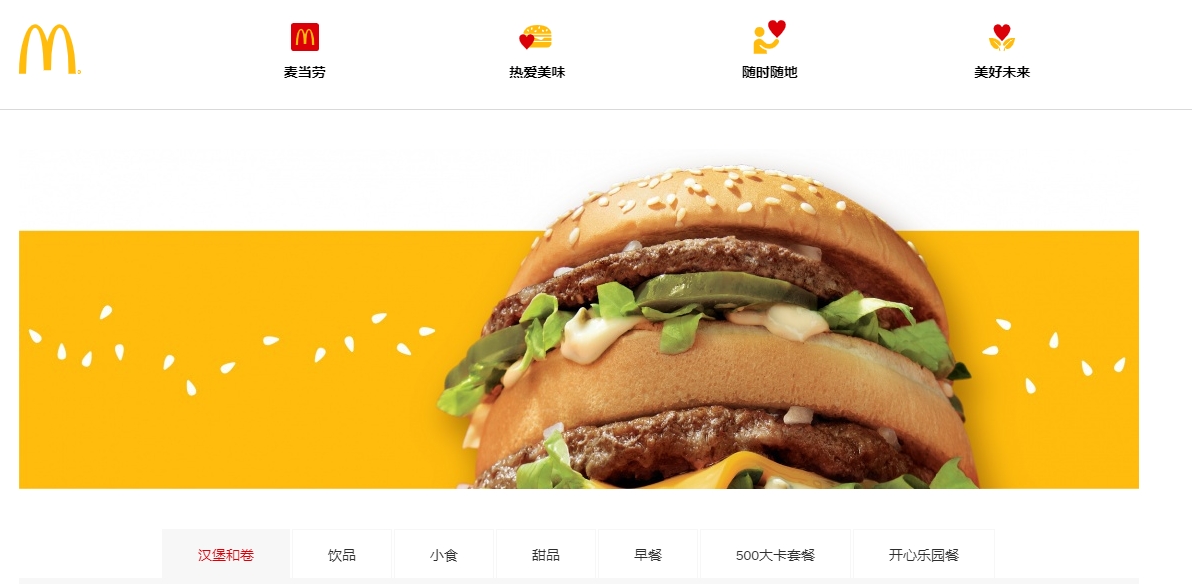A Comprehensive Analysis of Rights Protection Pathways: What Options Do Companies Have When Facing Infringement?
In today's fiercely competitive business environment, intellectual property (IP) infringement occurs frequently, causing significant economic losses and reputational damage to companies. When faced with infringement, how to efficiently and effectively protect their own rights and interests has become a crucial issue that every business owner must confront. This article will provide an in-depth analysis of the various pathways for rights protection available to companies when facing infringement, based on real-life cases, to help you navigate the path of IP protection more steadily and further.
I. Negotiation: A Low-Cost Initial Attempt
When a company discovers an infringement, negotiation is often the first step that is both the lowest in cost and the highest in efficiency. By directly communicating with the infringer, expressing demands, and requesting the cessation of the infringing act or compensation for losses, problems can sometimes be resolved quickly.
Case: Bvlgari Trademark Infringement Case
The Italian luxury brand Bvlgari discovered that Hunan Desqin Company, Shenzhen Desqin Real Estate Company, and Shenzhen Desqin Industry Company used trademarks identical or similar to "Bvlgari" and "BVLGARI" in their real estate development projects. Bvlgari first attempted to resolve the issue through negotiation, demanding that the infringers cease their infringing activities and compensate for losses. However, when negotiations failed, Bvlgari chose to pursue legal action. Ultimately, the court ruled that the infringers cease their infringing activities and compensate Bvlgari with a total of 3.1 million yuan for economic losses and reasonable expenses.
II. E-commerce Platform Complaints: Rapid Infringement Control Online
Infringement is particularly common on e-commerce platforms. Companies can use the complaint mechanisms provided by these platforms to quickly stop infringing activities. E-commerce platforms usually offer detailed complaint guidelines, and right holders only need to submit relevant materials as required. The platform will then take necessary measures to handle the infringement.
Case: Yimou Company Trademark Infringement Case
Yimou (Shanghai) Fashion Trading Co., Ltd. discovered that Du Moufa was selling products on Taobao that used its registered trademark and explicitly stated on his online store, "Some of the products sold in this store are replicas of the original single goods..." Yimou Company repeatedly complained to Taobao, requesting the removal of the infringing product information. After receiving the complaint, Taobao removed the infringing information but did not take other measures to stop the infringement. Yimou Company then sued Du Moufa and Taobao in court. Ultimately, the court ruled that Du Moufa and Taobao jointly compensate Yimou Company with a total of 80,000 yuan for economic losses and reasonable expenses.
III. Administrative Complaints: Leveraging Public Power
When negotiation and e-commerce platform complaints fail to resolve the issue, companies can file complaints with relevant administrative authorities to leverage public power for rights protection. Market supervision departments and intellectual property bureaus have the authority to investigate and deal with infringing activities, and can take measures such as ordering the cessation of infringement, confiscating infringing products, and imposing fines.
Case: McWell Limited Trademark Infringement Case
McWell Limited discovered the emergence of "McWell Vape Technology Co., Ltd." in the industry, whose products featured marks extremely similar to its own company name. McWell Limited filed a complaint and requested administrative investigation regarding the company name. The competent authority required the infringer to change its company name, but when the infringer refused, the authority forcibly changed its name to a unified social credit code, effectively stopping the infringement. Meanwhile, McWell Limited continued to sue in court, and ultimately the court ruled that the infringer compensate with a total of 5 million yuan for economic losses and reasonable expenses.
IV. Judicial Litigation: The Ultimate Weapon for Rights Protection
For serious infringements that fail to be resolved through negotiation, judicial litigation is the ultimate weapon for companies to protect their rights. Through civil litigation, companies can not only demand that the infringer cease the infringing activities but also obtain economic compensation.
Case: Bosch Trademark Infringement Case
The German company Bosch registered the trademarks "BOSCH" and "Bosch" in China and invested in setting up several companies named "Bosch." A company in Beijing applied for the registration of the trademark "Century Bosch" and authorized other companies to use it. Bosch filed a lawsuit on the grounds of trademark infringement and unfair competition. The court ruled that the "Bosch" trademark is a well-known trademark, ordered the infringer to cease the infringing activities, change its company name, and compensate Bosch with a total of 330,000 yuan for economic losses and reasonable expenses.
V. Criminal Protection: Severe Crackdown on Serious Infringements
For serious infringements, companies can also seek rights protection through criminal proceedings. Although the criminal threshold for IP infringement is relatively high, criminal protection can exert strong deterrence against infringers when the infringement constitutes a crime.
Case: Counterfeit "3Q" Trademark N95 Mask Case
During the COVID-19 pandemic, a company discovered that some merchants in the market were producing and selling N95 masks using its "3Q" trademark without authorization. The company chose to pursue criminal action. Ultimately, the infringer was sentenced to fixed-term imprisonment and fined for the crime of counterfeiting a registered trademark. This case demonstrates that criminal protection can not only deter infringers but also maintain market order.
VI. Alternative Dispute Resolution Mechanisms: Flexible and Efficient Supplementary Pathways
In addition to traditional rights protection pathways, companies can also opt for Alternative Dispute Resolution mechanisms (ADR), such as arbitration and mediation. These mechanisms are characterized by high flexibility, low cost, and strong confidentiality, enabling rapid resolution of disputes.
Case: U.S. V Company Trademark Infringement Case
The U.S. V Store Brand Management Company discovered that Shanghai Mai Investment Management Co., Ltd. prominently used the involved mark on its store signs, employee badges, VIP cards, and claimed that its stores were direct outlets of the involved brand. V Company chose to resolve the dispute through arbitration. The arbitrator, leveraging their professional knowledge, swiftly issued a ruling, ordering the infringer to cease the infringing activities and compensate a total of 5.1 million yuan for economic losses and reasonable expenses.
VII. Summary and Recommendations
When facing infringement, companies should choose appropriate rights protection pathways based on the nature, severity, and their own circumstances of the infringement. Here are some recommendations:
-
Establish an Infringement Monitoring Mechanism: Regularly check for potential infringements in the market, and promptly detect and collect evidence of infringement.
-
Choose Suitable Rights Protection Pathways: From negotiation to judicial litigation, companies should flexibly select rights protection methods according to the specifics of the infringement.
-
Seek Professional Support: During the rights protection process, companies should seek the help of professional lawyers, intellectual property consultants, or professional market research companies to ensure their legal rights.
-
Continuously Monitor Infringement Dynamics: Infringements may change over time, so companies should continuously monitor the dynamics of infringement and regularly update their evidence.
The path of rights protection is full of challenges, but as long as companies remain steadfast in their beliefs and adopt scientific and rational strategies, they will surely be able to protect their legitimate rights and interests. It is hoped that the analysis in this article can provide companies with a practical guide for rights protection and enhance their confidence and capabilities in IP protection.
Finally, I would like to ask everyone a question: "What measures has your company taken on the path of IP protection, and what successful experiences or profound lessons have you learned?" Feel free to share your thoughts in the comment section, and let's explore the mysteries of intellectual property together.


